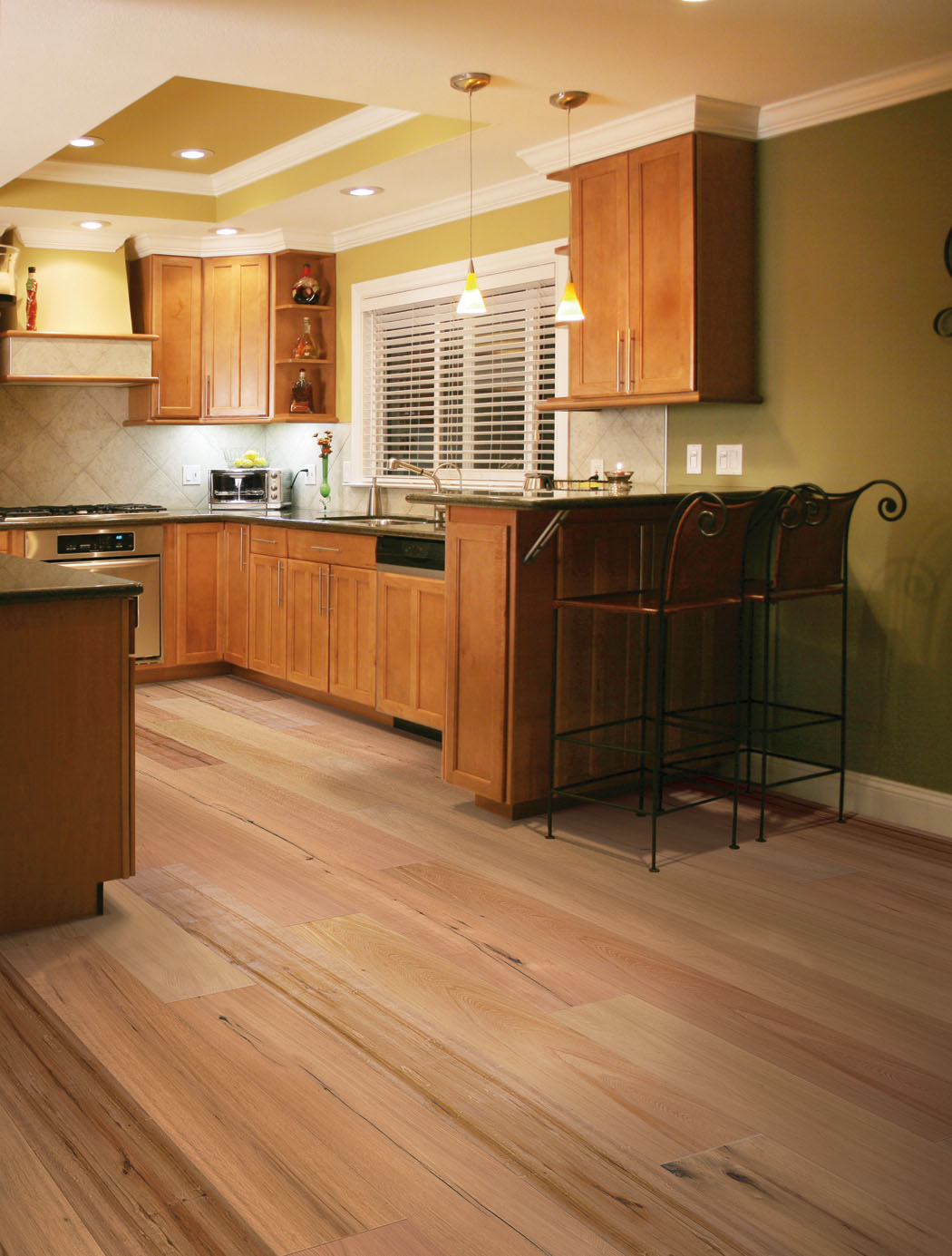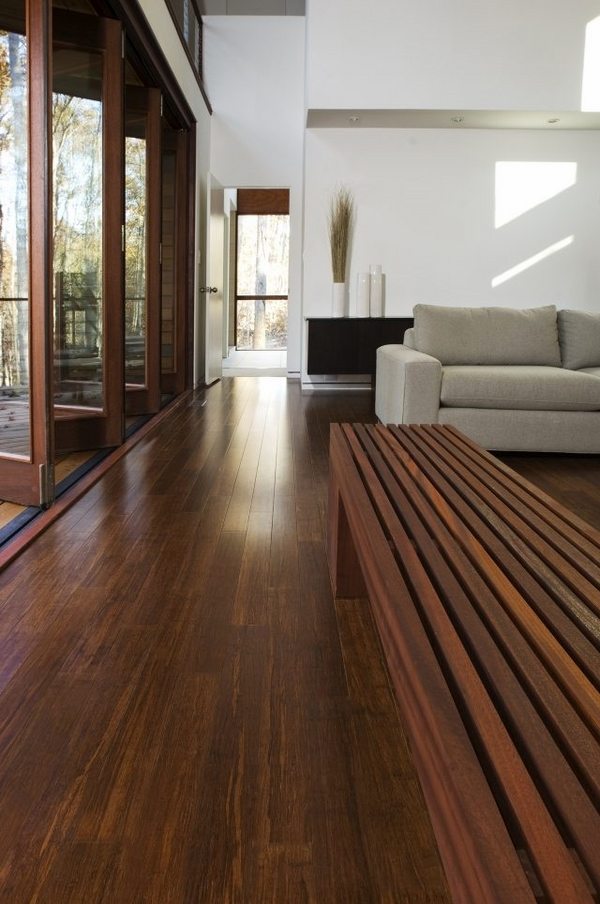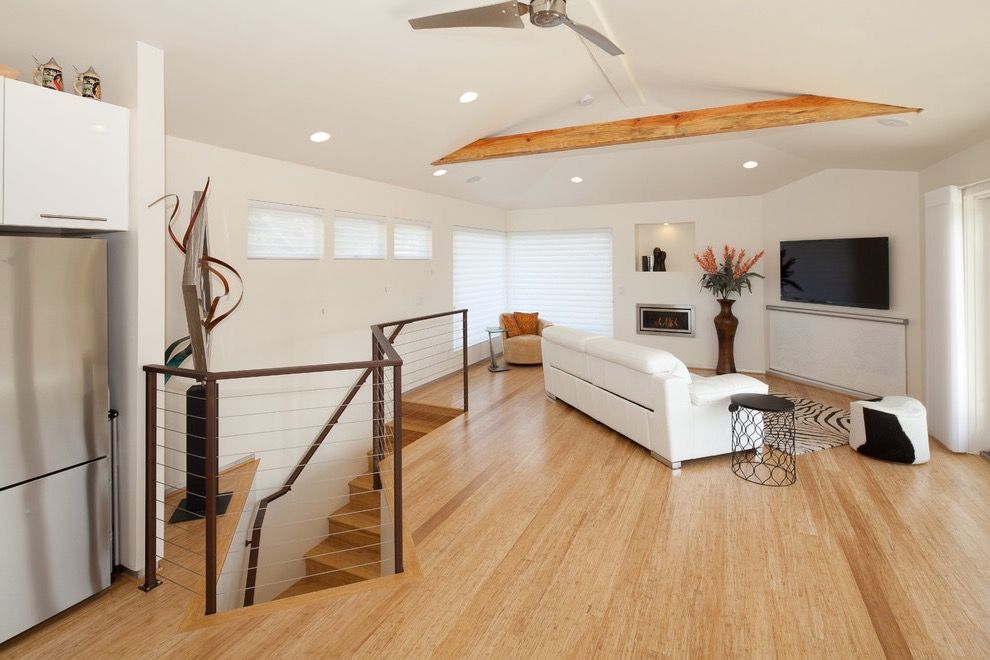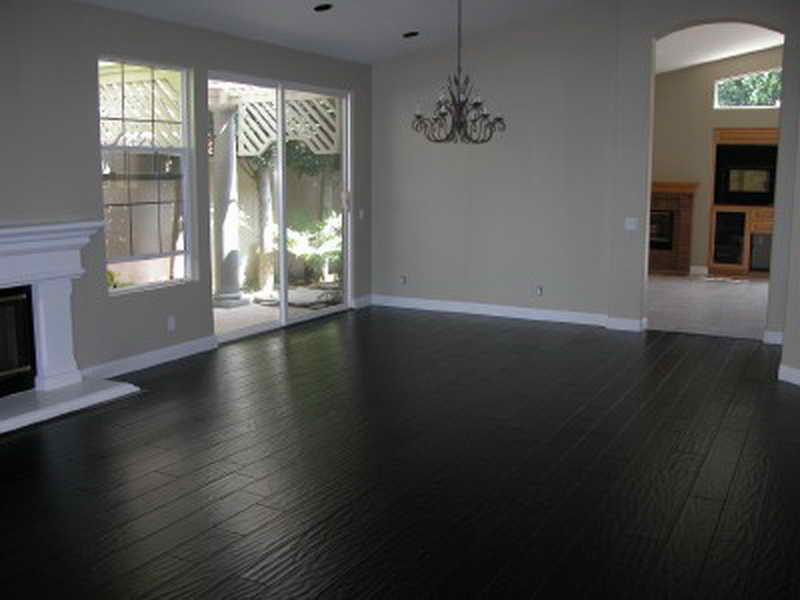Vertical grain is made by putting the splits vertically and gluing them collectively. Strand-woven flooring is much harder than conventional bamboo as well as cannot be conveniently scratched, dented or even gouged by stiletto heels, small pets as well as furniture movement. According to how the floor has been cured, engineered flooring can have the disadvantages of its. Another excellent benefit of bamboo floor is the price tag of its.
Decorating With Bamboo Floors

Due to the reality that the top level is laminated to a cross ply core, the covering can at times have issues shrinking when subjected to dry air. Unlike hardwoods, bamboo is actually a lawn which takes just 5-6 decades to develop, rather than 25-30 years. Before the bamboo flooring come in the market individuals were a lot fond of hardwood floors.
Why You Should Consider Bamboo Flooring For Your Home – Choices Flooring
But, by far the most crucial parts of installation in the circumstances of bamboo flooring is the preparation process. Bamboo flooring content is obviously golden blonde in color that produces very distinctive patterns when produced, this just bamboo flooring is noted for. It describes a heating process which alters the bamboo to an amber color.
10 Bamboo Hardwood Flooring Ideas For Your Home. – Interior Design

Pros and cons of bamboo floor decor – what you need to know

20 Best Modern Bamboo Flooring Ideas #18201 Interior Ideas

9 Bamboo Flooring Pros and Cons – Interior Decorating Colors – Interior

Antique elegant bamboo flooring for your home 20 Bamboo flooring

Black Bamboo Flooring – Decor IdeasDecor Ideas

Fantastic The Important Information To Wood Flooring Wood laminate

52 Perfect Bamboo Flooring Ideas For Your Home Bamboo flooring, House

52 Perfect Bamboo Flooring Ideas For Your Home Wood floors wide plank

34 Amazing Bamboo Flooring Ideas For Living Room – HOMYHOMEE Strand

11 Awesome Bamboo Flooring Design That You Never Imagined! #

Bamboo Flooring – Interior Decorating Las Vegas
Eco Forest Carbonized Horizontal Bamboo Floor & Decor Bamboo wood

Related Posts: